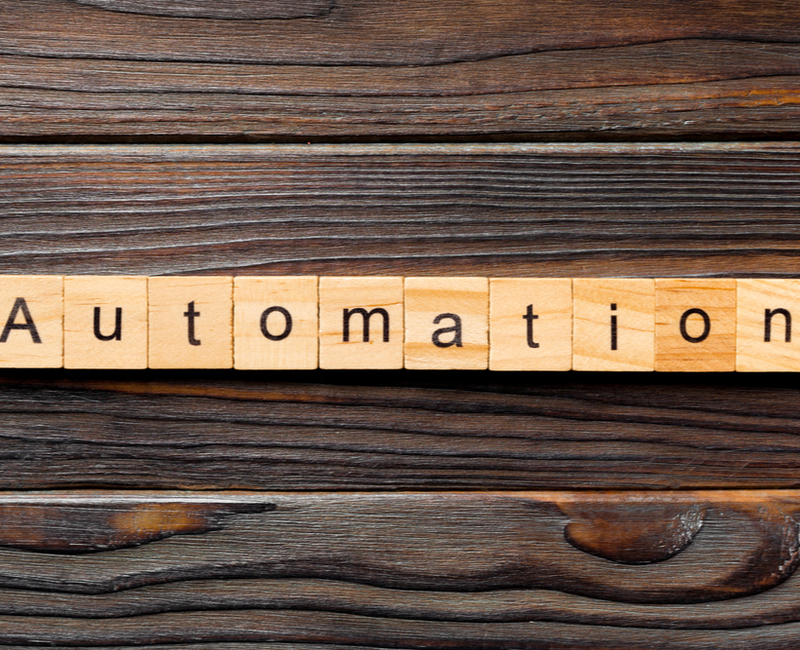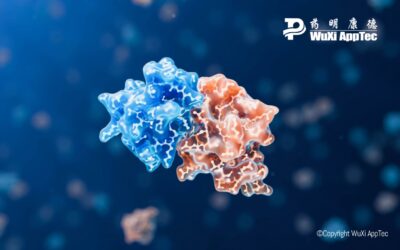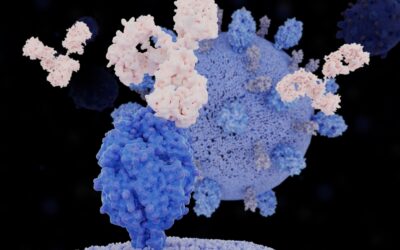It is challenging to find a fully automated bioanalytical laboratory, but doing so can help drug developers stay competitive in today’s market. A fully automated laboratory can perform controlled and error-free assays, dramatically improving the accuracy and efficiency for both preclinical and clinical programs.
The process of bringing a drug to market is both labor and time-intensive. Automating processes during l bioanalysis can enable greater assay accuracy, timeline reliability and improved analytics. Automation is a dynamic way to guide the entire process.
Improving Consistency and Controls
Automation establishes consistency during various steps, from sample preparation and reagent storage to compound identification. Additionally, margins of error can be significantly reduced through automated applications that take on repetitive tasks and data entry. There are many other benefits to completing bioanalysis in an automated laboratory, including:
- Robotic applications that perform liquid handling, incubation, plate washing and shaking and other functions.
- Consistency among controls and test results.
- Improved workflows along with data analysis and sample management.
- Automatic collection and output of data improve data gathering.
- Additional time for laboratory personnel to run more than one task or assay.
Automation Means Healthier Timelines
In addition to producing higher quality assays, a fully automated bioanalytical laboratory improves program timelines. For example, pharmacokinetic (PK) bioanalysis assays can take up to two weeks when performed manually, but automation can reduce this to a matter of days. Anti-drug antibody (ADA) sample bioanalysis can also take four to five weeks but can be completed in half the time with automation.
The higher quality assays and data inherent in automation also help meet compliance requirements mandated by regulatory agencies. Automated bioanalytical laboratories streamline sample analysis and can improve an Investigational New Drug (IND) and Biologics License Application (BLA) timelines. Put simply, laboratories can analyze more samples when manual processes are eliminated.
For example, a scientist who manually analyzes samples can process around two plates each day. In comparison, an automated bioanalytical laboratory can process ten or more plates over the same period. Bioanalysts can run other assays while they await automated results in a previous set.
The WuXi AppTec Laboratory Testing Division is an early adopter of bioanalytical automation and has achieved a 400% increase in streamlined efficiency with the introduction of fully automated bioanalytical laboratories.
Partners That Can Enable Automation
Not all laboratories have embraced or built fully automated procedures. But, the benefits of automating assays, eliminating human error, reducing costs and condensing your timelines through automation can be game-changing.
WuXi AppTec is fully automating its preclinical and clinical bioanalytical laboratory in New Jersey and expanding this process at other locations. Be sure to speak to your partner today about how their facilities incorporate industry-leading technology to improve your programs.
As a global company with operations across Asia, Europe, and North America, WuXi AppTec provides a broad portfolio of R&D and manufacturing services that enable the global pharmaceutical and life sciences industry to advance discoveries and deliver groundbreaking treatments to patients. Through its unique business models, WuXi AppTec’s integrated, end-to-end services include chemistry drug CRDMO (Contract Research, Development and Manufacturing Organization), biology discovery, preclinical testing and clinical research services, helping customers improve the productivity of advancing healthcare products through cost-effective and efficient solutions. WuXi AppTec received an AA ESG rating from MSCI for the fourth consecutive year in 2024 and its open-access platform is enabling around 6,000 customers from over 30 countries to improve the health of those in need – and to realize the vision that “every drug can be made and every disease can be treated.”


